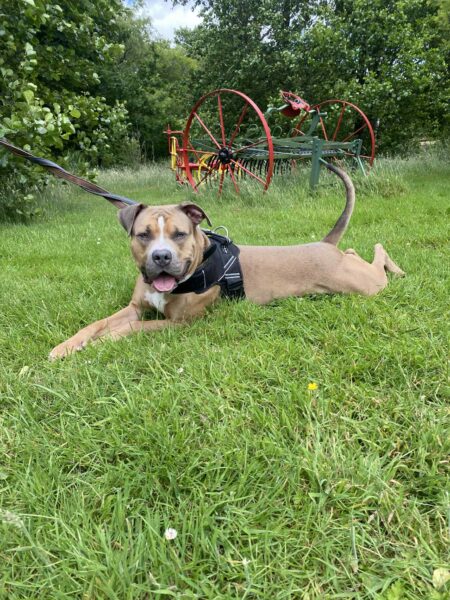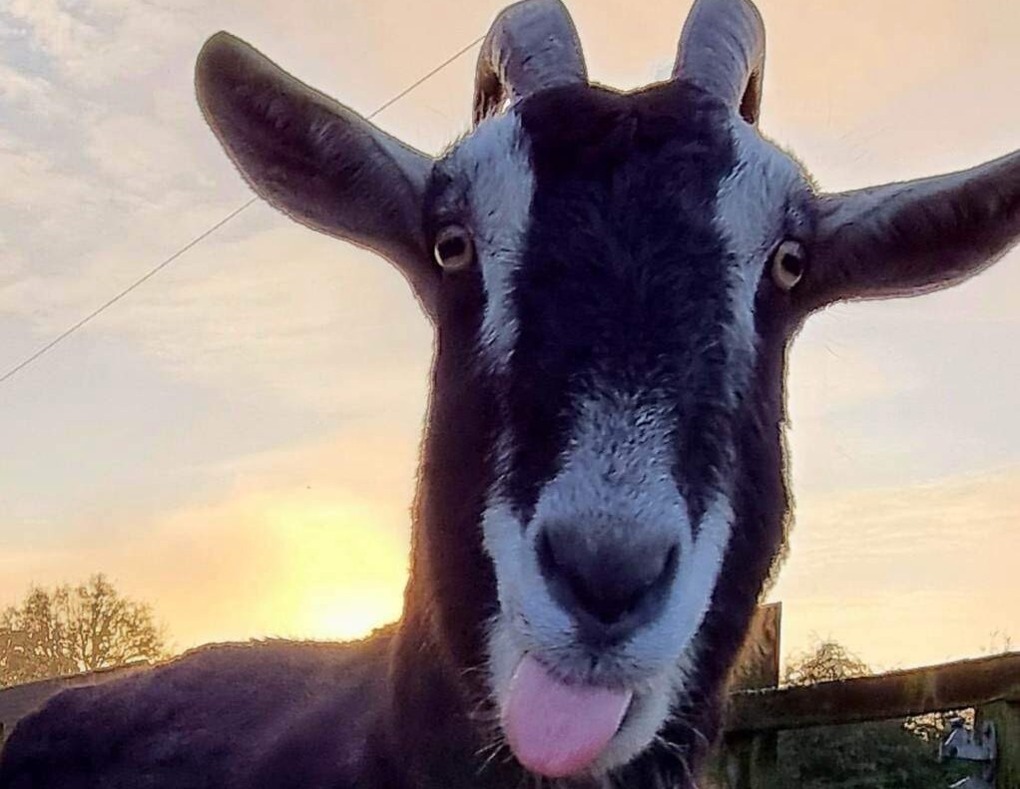As summer temperatures rise, it’s vital to remember that our pets feel the heat too – and not always in the same way we do. Whether you’re caring for cats, dogs, rabbits, guinea pigs, or birds, every animal needs extra attention to stay cool and safe in hot weather.
At Ferne Animal Sanctuary, we care for a wide range of animals, and we know how dangerous heat can be for them. With guidance from our Animal Care Manager Nikki Haddock, here’s how you can help your pets beat the heat this summer.
- Provide shade and ventilation
Never leave pets in direct sunlight or confined spaces without airflow. For outdoor animals like rabbits or guinea pigs, ensure their enclosures are moved out of the sun and placed in a shaded, well-ventilated area. Indoors, use fans or open windows to keep air circulating. Consider what materials any hides are made of, plastic gets hot very quickly.
- Fresh, cool water is essential
All pets need constant access to clean, fresh water. In hot weather, check bowls regularly and refill often. You can add ice cubes to water bowls for dogs and cats, or even freeze treats in water to help animals, small and large, stay hydrated and engaged.
For horses, offer a separate water source with electrolytes and or, a bucket with a splash of apple juice to encourage them to drink.
- Never leave pets in cars
Even with the windows cracked, the inside of a car can become deadly in minutes. According to the RSPCA, the temperature inside a car can reach 47°C within an hour on a 22°C day. Never leave your pet in a car, even for a short time.
- Exercise with Care
Avoid walking dogs or exercising your horse during the hottest parts of the day. Early mornings or late evenings are safer times. Pavements can get extremely hot and burn paw pads. Use the ‘seven-second test’: if you can’t hold your hand on the pavement for seven seconds, it’s too hot for your pet.
- Grooming and coat care
Regular grooming helps remove excess fur, especially in long-haired pets. For rabbits and guinea pigs, brushing can reduce the risk of flystrike in warm weather. However, never shave an animal’s coat unless advised by a vet, as their fur also provides protection from sunburn.
- Cooling techniques and enrichment
Pets can benefit from cool mats, damp towels, or even frozen water bottles wrapped in a cloth placed near their resting area. For small animals and birds, misting water or offering frozen fruit (where safe) can provide relief and enrichment, our horses regularly stand under a mister on the hotter days or even a good drenching under the hose (leaving the water on them, not scraping it off) all of our animals enjoy small, species appropriate frozen treats. The pigs, horses and dogs in particular seem especially keen.
- Look out for signs of heatstroke
Heatstroke is an emergency. Signs can include excessive panting, drooling, lethargy, collapse, or confusion. If you notice any of these, move your pet to a cool place, offer small amounts of water, and contact a vet immediately. It is critical that your animals core body temperature is reduced as quickly as possible,
Keep pets cool in the heat – all summer long
Every pet is different, but all are vulnerable in high temperatures. By following these simple steps, you can help ensure your animals stay cool, comfortable and healthy throughout the warmer months.
For more summer pet care advice, visit the RSPCA’s pet heat safety guide or contact your local vet.
And remember – if you’re hot, your pet probably is too.


